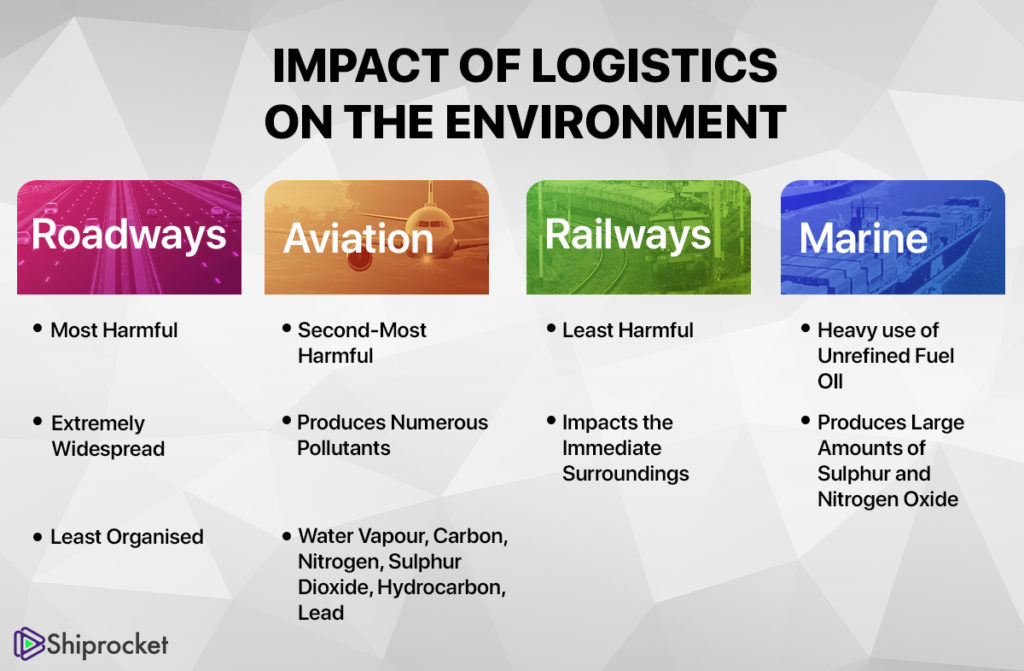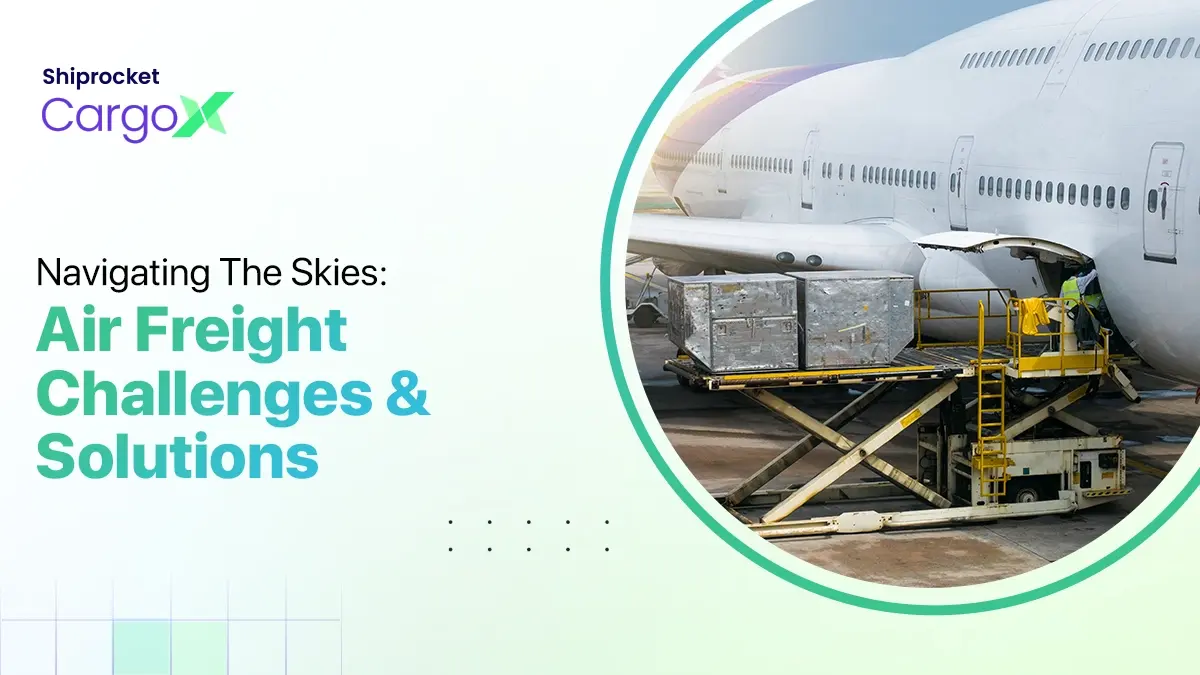Sustainable Logistics: The Future of Supply Chain
Logistics has consistently evolved with time and Sustainable Logistics (aka Green Logistics) is a very important part of its evolutionary cycle. It is the kind of logistics that ensures minimal carbon emissions in the supply chain, i.e. the movement of products from the supplier to the customer. Since supply chains are getting globally bigger and intricate, the damage arising out of logistics to the environment is getting more and more severe. Hence, the needfulness for sustainable supply chains is crucial.
While on the one hand many perceive it as the supply chain of the future, on the other it is often perceived as a burden to the business. The companies investing in green technologies are doing it for the goodwill that comes with it. On the contrary, adapting to sustainable logistics has been considered equivalent to sacrificing profits, which isn’t the case.
Shiprocket has been using Big Data and AI technology for creating superior visibility of turnaround time, faster deliveries, and reducing costs for each shipment of more than 25,000 sellers. It is observed that sustainability in the supply chain enhances efficiency and goes hand-in-hand with profitability.
Considering the alarming state of climate change, multiple businesses are collaborating worldwide to confront the biggest environmental challenge. Sustainable logistics is a vital aspect of the same and is admittedly the future of the supply chain. Let’s find out how technology can be used to ensure reduction in carbon footprint for the betterment of the environment.
Environmental Impact of Logistics

The continuous expansion of eCommerce and the ongoing pace of consumerism suggest that by the end of the year 2025, nearly 2 billion people will become consumers globally. As per McKinsey report, the eCommerce industry will continue to grow every year by 5% until the next 20 years. This will not only increase the demand for logistics service providers to meet the sky-high expectations of end-customers but also the amount of carbon emissions, leading to further damage to the environment.
Apart from the harm arising out of transportation of goods, warehousing, packaging, distribution, and disposal also have a significant impact on environmental degradation. Shiprocket has been following Eco-friendly practices to maintain the functioning of a sustainable supply chain.
Use of Technology for Reducing Carbon Emissions
As per findings by Modern Materials Handling Staff, it was revealed that consumers are ready to pay an extra amount on a product by 5-10% that has undergone a sustainable route of logistics. It was also revealed that 3/4th of the end-customers will not mind waiting a day more than usual for an Eco-friendly cycle of shipping and delivery.
It is no more a question of an increase in cost and decrease in profit since the end-customer is ready to churn out extra time and money for sustainable logistics services. As a result, the introduction of sustainable supply chains is a robust exercise for every business.
The best methods of using technology for the reduction of carbon footprints via supply chain management are:
Demand & Supply Planning
Having a balance in the demand and supply ensures the ideal usage of resources. Generally, it is challenging to maintain adequate harmony between the two. The imbalance in demand and supply gives rise to either too much or too little production of raw materials, or product manufacturing and distribution. The excess or shortage then leads to rework and wastage which significantly impacts the environment.
Through advanced technology such as AI (artificial intelligence) and Machine Learning, the possible demand, and supply can be ascertained, leading to an efficacious process of production and likewise, the supply chain.
High Transparency for Ethical Sourcing
Transparency of how the suppliers extract and produce raw materials is vital for ensuring they are following ethical practices. Blockchain Technology and IoT devices are great means of obtainment and validation of the sourcing practices of the suppliers, with regards to the environmental determinants.
Optimization of Routes
At present, electric or Eco-friendly vehicles are scarce. Until the supply chain shifts to sustainable means of transportation, it is necessary to optimize the travel routes for reducing the consumption of fossil fuels which affects the environment. By optimization of travel routes, driving time is minimized for multiple stops that result in less fuel consumption and lesser carbon emissions.
Artificial Intelligence can again be used simultaneously with GPS devices for optimizing both domestic as well as international routes of shipping. Advanced analytics is instrumental in updating the travel routes in real-time for coping up with traffic jams and other problems.
Consolidation of Shipments
Predictive Analysis helps in predicting the time of arrival of goods and resultantly, shipments can be consolidated from different suppliers heading to various final destinations. This will save time and make for effective utilization of resources i.e. containers and trailers, limiting the generation of greenhouse gases per shipload.
Planning around Environmental Condition
The efficiency of the Supply Chain is already impacted by climate change. Wildfires are becoming common across the globe, along with other problems such as water scarcity or rising sea levels, directly affecting the quality and productivity of the supply chain.
By relying on supply chain technology, predicting such natural calamities and likewise, adjusting as per them for mitigation of its impact and seamless flow becomes achievable.
Streamlining the Supply Chain
Smaller changes can help augment the supply chain. Machine Learning works well with analytics, helping in the betterment of the intricate processes of the supply chain. Any change that leads to a reduction in wastage of resources is valuable for bringing sustainability in logistics and furthermore, fastening the time of delivery of the products.
Conclusion
Logistics will continue to impact the environment. With increasing awareness among businesses and end-customers regarding the sourcing, manufacturing. and distribution of goods; technology should be amalgamated to build a sustainable supply chain of future that adheres to environmental progression, apart from profitability.






